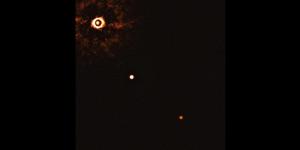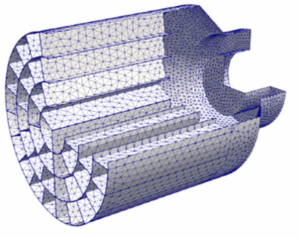Science
An origin story for a family of oddball meteorites

Samples from a rare meteorite family, including the one shown here, reveal that their parent planetesimal, formed in the earliest stages of the solar system, was a complex, layered object, with a molten core and solid crust similar to Earth.
- Read more
- 288 reads
Mapping the Oaxaca earthquake from space
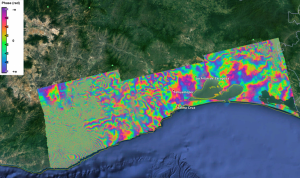
- Read more
- 287 reads
COVID-19 pandemic causes seismic noise quiet period in 2020
Seismic noise is measure by seismometers. These are sensitive scientific instruments to record vibrations travelling through the ground – known as seismic waves. Traditionally, seismology focuses on measuring seismic waves arising after earthquakes. Seismic records from natural sources however are contaminated by high-frequency vibrations (“buzz”) from humans at the surface – walking around, driving cars, public transport, heavy industry and construction work all create unique seismic signatures in the subsurface that are recorded on seismometers. The buzz is stronger during the day than at night and weaker on weekends than weekdays.
- Read more
- 289 reads
NASA Juno Takes First Images of Jovian Moon Ganymede's North Pole
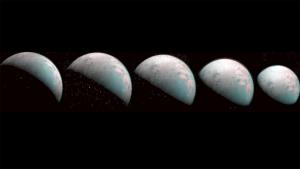
These images the JIRAM instrument aboard NASA's Juno spacecraft took on Dec. 26, 2019, provide the first infrared mapping of Ganymede's northern frontier. Frozen water molecules detected at both poles have no appreciable order to their arrangement and a different infrared signature than ice at the equator.
- Read more
- 277 reads
First Ever Image of a Multi-Planet System around a Sun-like Star Captured by ESO Telescope
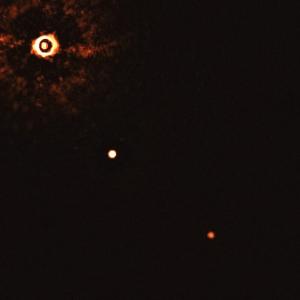
First ever image of a multi-planet system around a Sun-like star
- Read more
- 261 reads
Sea-level charting satellite passes with flying colors
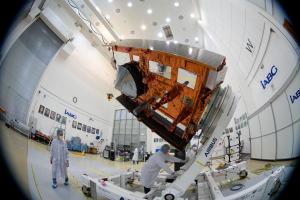
Copernicus Sentinel-6 Michael Freilich.
- Read more
- 271 reads
NASA’s 'Robot Hotel' Gets Its Occupants

The Mobile Base System moves on the Mobile Transporter rail car along truss rails covering the length of the space station. It provides a movable platform for Canadarm2 and Dextre and can access any of eight worksites that feature power connections.
- Read more
- 251 reads
THE ISAAC NEWTON TELESCOPE GALACTIC PLANE SURVEYS

Number of sources as a function of Galactic longitude in each of the six pass bands, with Sloan i < 20.5 magnitudes.
- Read more
- 268 reads
